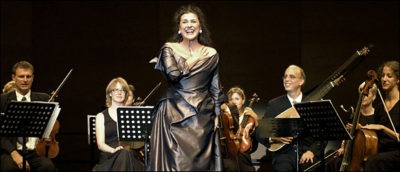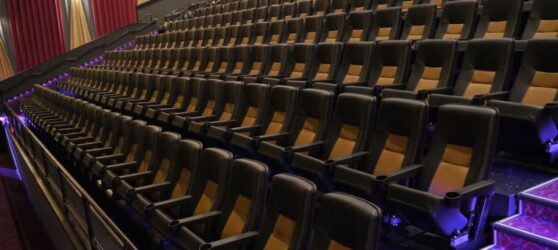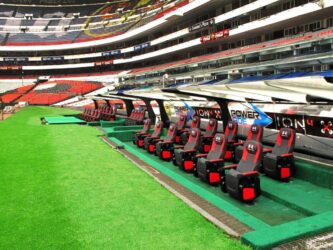In 2014, the 200th birthdays of both Richard Wagner and Guiseppe Verdi are both celebrated. These anniversaries may point to the longevity of opera theater, but there is some debate over the current state of opera theatre. In their new book, “A History of Opera,” authors Roger Parker and Carolyn Abbate assert that the sheer volume of live opera has actually expanded over the past half-century. Parker and Abbate claim that “this expansion shows little sign of abatement.”
The history of opera spans more than four centuries. The precision and thoroughness of European historians grants a rather explicit sense of the full history of opera theater. For example, the earliest opera to completely survive the ages is “Euridice,” a Jacopo Peri creation. It was performed at Florence’s Pitti Palace on October 6, 1600, when France’s Henri IV and Maria de’ Medici were united in holy matrimony.
Also more than four centuries ago, Claudio Monteverdi’s “Orleo” was performed at the Ducal Palace in Mantua. Monteverdi’s influence in the first half of the 17th century is illustrated by the fact that “L’incoronazione di Poppia” was subsequently performed at Venice’s Teatro SS Giovanni e Paolo in 1643. A comedic element finally appeared in opera in 1700, thanks to Alessandro Scarlatti’s “L’Eraclea,” which was performed in Naples. Scarlatti’s operas continued to be enormously popular for decades.
French and English Operas Appear
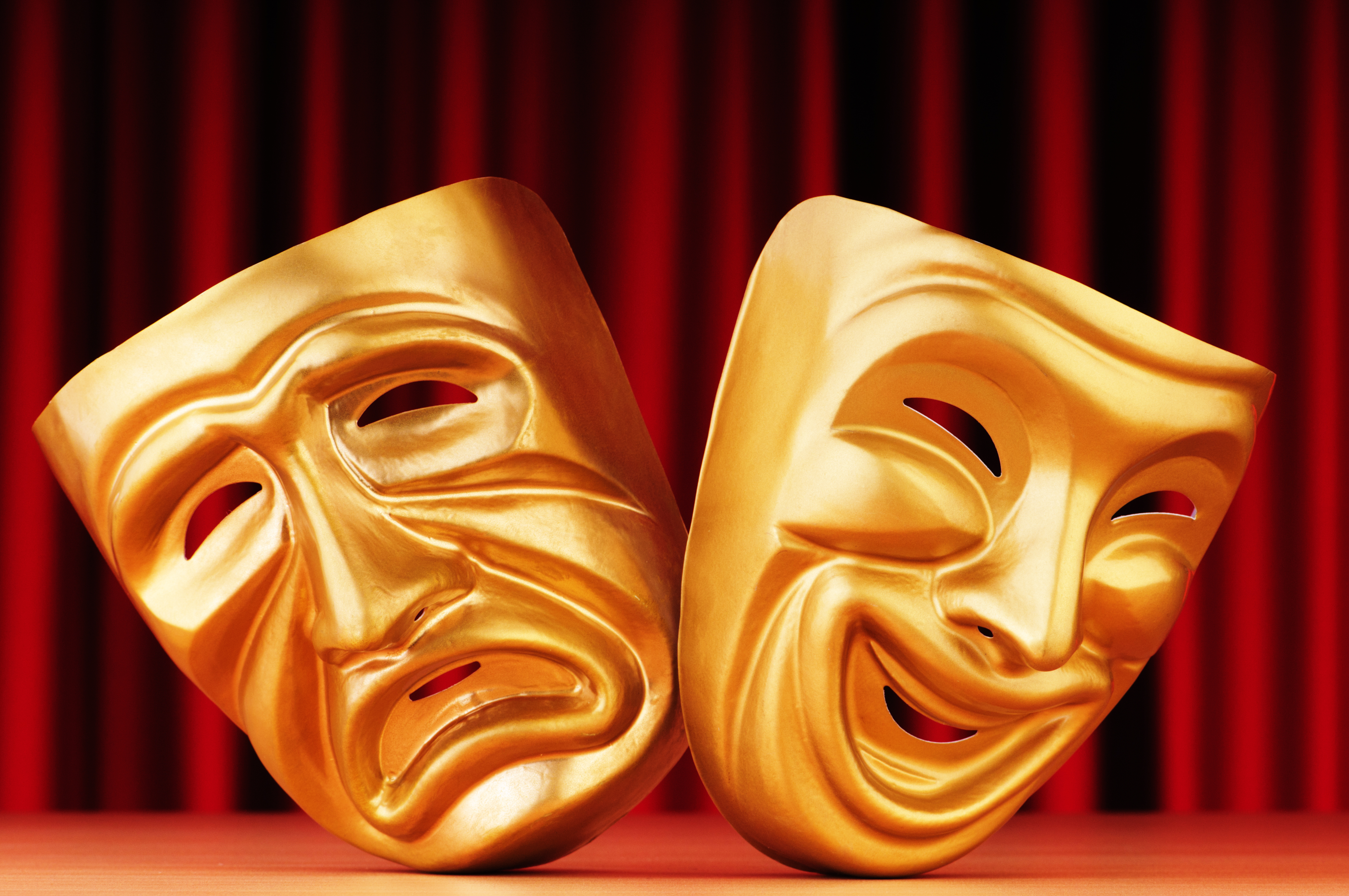
Some of the focus shifted from Italy to France in the late 1600s. In 1674, Jean-Baptiste Lully saw his opera “Alceste” enjoy its debut at the Paris Opera. The first English opera is believed to have been written by John Blow. It is unclear whether his tragic opera, “Venus and Adonis,” premiered in London or at the court of Windsor in 1683. In 1692, Purcell adapted Shakespeare’s “A Midsummer Night’s Dream” in creating “The Fairy Queen.” It premiered at the Queen’s Theatre in London.
Mozart’s Genius
In 1769, Wolfgang Amadeus Mozart saw his first full opera performed at the palace of the archbishop in Salzburg, Austria. He was 13-years-old at the time. A few years later, Mozart’s “Mittridate” opened to critical acclaim despite the fact that it was six-hours long. As colonists across the Atlantic fought for their independence, Mozart’s prodigious talents were displayed in one operatic effort after another.
In 1805, Beethoven’s one and only opera, “Fidelio,” opened at a theater in Vienna, Austria. The first complete Russian opera, “A Life for the Tsar,” premiered at the Bolshoi Theatre in St. Petersburg in 1836.
Era of Verdi and Wagner
Richard Wagner’s first mature opera, “Der Fliegende Holländer,” opened in Dresden. The first of Giuseppe Verdi’s three operas based upon Shakespearean plays premiered in Florence in 1847. Then, in 1851, Verdi’s “Rigoletto,” based upon a Victor Hugo novel, was performed in Venice. His famous opera, “La Traviata,” then opened in Venice two years later. It is believed that Verdi composed this work in only six weeks.
Wagner was still an active composer throughout the same period. In 1865, as the American Civil War concluded, his “Tristan und Isolde” premiered in Munich. In 1871, Verdi’s “Aida” was first performed at the new Cairo Opera House.
Late 19th Century
Arguably the best known heroine of any opera is Carmen. In 1875, Georges Bizet’s work by the same name premiered in Paris. The 1870s were rich in operatic debuts. Musorgsky’s “Boris Gudonov” opened in St. Petersburg in 1874, and Strauss’ “Die Fledermaus” opened in Vienna that same year.
In the decades that followed, Tchaikovsky, Puccini, Debussy, and Richard Strauss would all make their historic contributions to the evolution of the genre. In the 1920s and 1930s, Brecht and Stravinsky would also make their mark. In 1936, George Gershwin’s folk opera, “Porgy and Bess,” made its debut.
Modern Opera
Modern-day compositions include Britten’s “Gloriana,” an opera about Elizabeth I that was commissioned to honor the coronation of Elizabeth II. It premiered at The Royal Opera House in Covent Garden. Modern operas also include Tippett’s “King Priam” in 1962, and Phillip Glass’ creative “Einstein on the Beach” that followed soon thereafter. In 1977, Musgrave’s “Mary Queen of Scots” was first performed at the Edinburgh Festival.
Modern opera has certainly included some efforts to break new ground, however. In 1987, John Adams’ “Nixon in China” commemorated the President’s 1972 meeting with China’s Chairman Mao. This very modern opera premiered at the Grand Opera theatre in Houston.
Opera Today
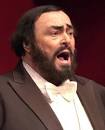
In their book, Parker and Abbate speak to the reality that the operatic repertoire across the globe has calcified to a degree since the mid-1800s. It was then that the celebration of classic works overtook the performance of new operas. Today, to the credit of many opera companies, productions featuring classic operas are at least modernized on occasion.
There also seems to be a tendency to resurrect long-forgotten operas while eschewing the embrace of contemporary works. Modern operas need to simultaneously embrace the genre and evolve it. Parker and Abbate criticize many contemporary works as being limp and derivative attempts to pay homage to a long-vanished past. Nonetheless, they assert that opera as an art form has already demonstrated an unusual longevity. They believe that, even with its attendant problems, opera will linger on for the foreseeable future, and many an opera theater will still draw inspired patrons in significant numbers. The next chapter in the history of opera theater will now be written in the 21st century.



